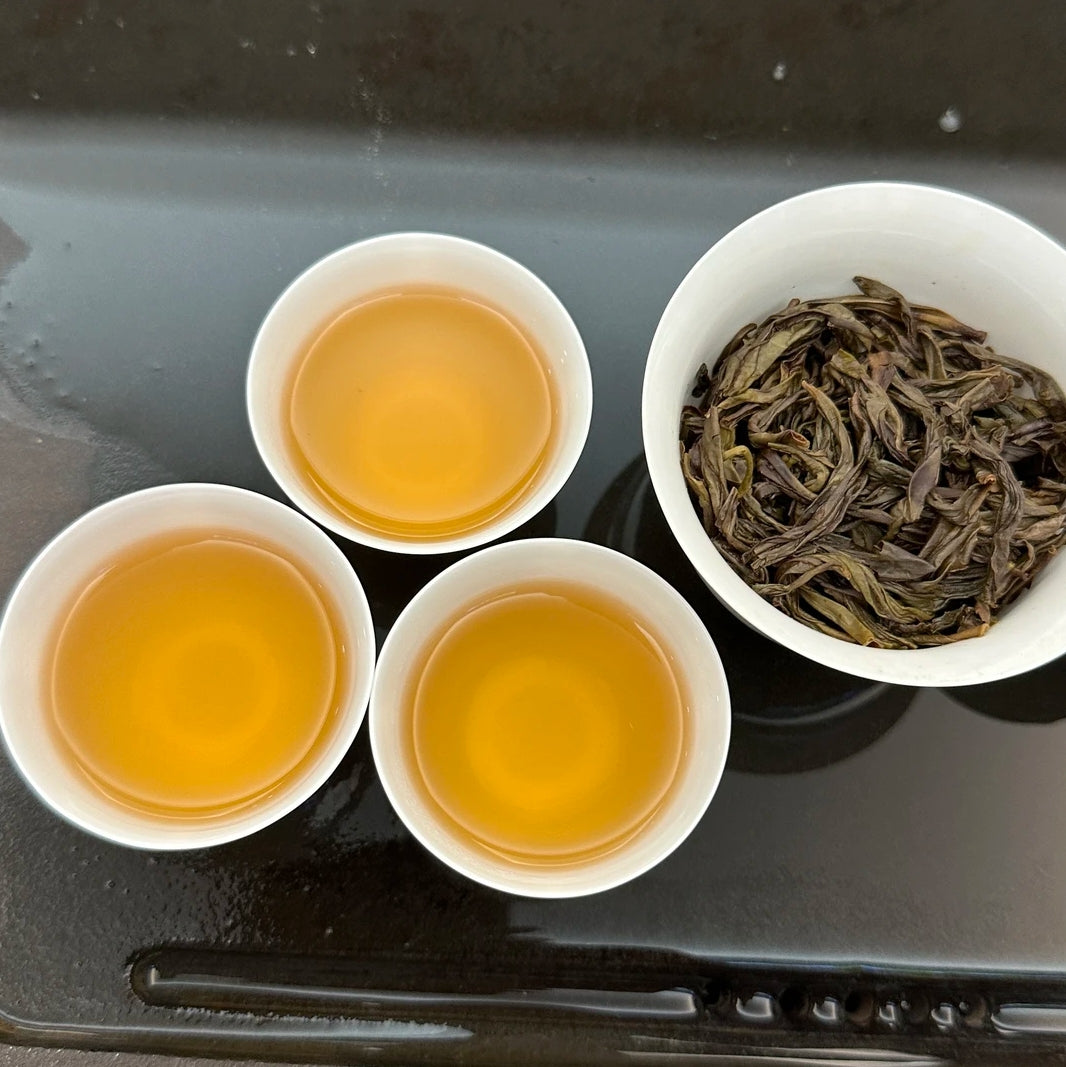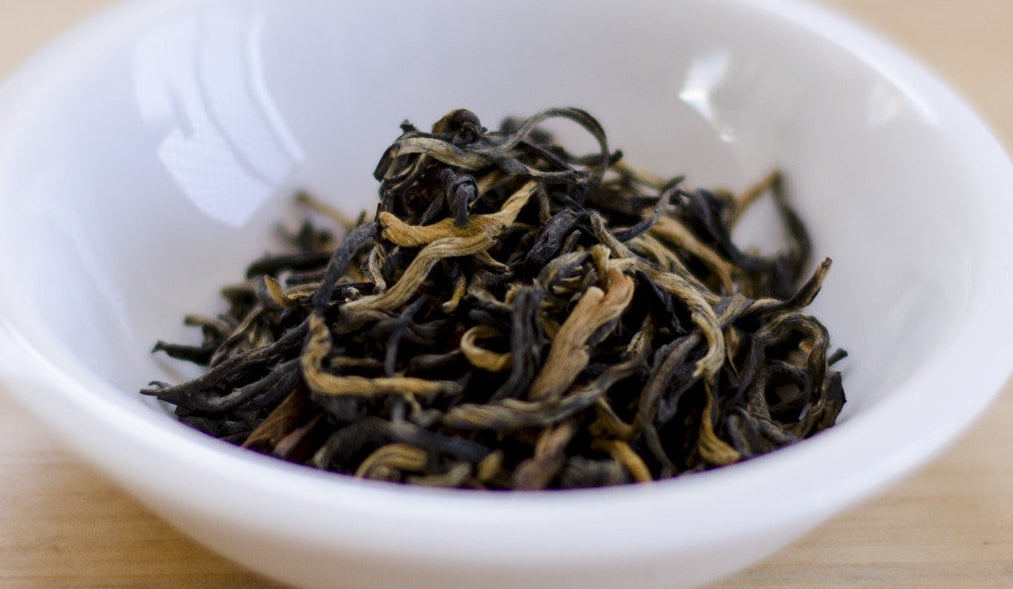According to a common saying in China's southern Guangdong province, aged dried tangerine peels are as precious as nuggets of gold. The preparation process for tangerine peels typically begins with sun-drying, followed by at least three years of storage. When the peels mature, they can be used to soothe coughs and combat phlegm.
During maturation, the essential oil in the citrus peel begins to dissipate and penetrate its entire surface. As it does so, it releases a mellow perfume, along with an antioxidant and anti-inflammatory substance known as flavonoids. The amount of flavonoids in the zests increases the longer they are stored, bringing up their medicinal value.

Dried tangerine peels have a lot of desirable qualities to practitioners of traditional Chinese medicine. In the Compendium Of Materia Medica, the work of Ming Dynasty herbalist Li Shizhen, the peels are said to “cure a hundred illnesses” and their ability to relieve body heat and dampness. The dried zests have a sharp and bitter taste and can help to nourish the spleen and lungs, and clear the throat of phlegm. Simply soaking them in hot water and then drinking the liquid is an effective remedy for coughs and phlegm.
In China, Jiangxi and Chaozhou in Guangdong are among the most popular areas for tangerine peel production, but nowhere can compete with Xinhui, a district in Guangdong province, in terms of quality. The fruit grown there have thin skins and richer essential oil content. As a result, the dried peels produce a more refined aroma.

- Cooking with tangerine peels
Apart from their medicinal benefits, dried tangerine peels often features in Cantonese cooking in a supporting role. There have been written accounts dating back to 1330, such as The Principle To The Right Diet, which recorded the use of tangerine peels in multiple recipes. The fruity fragrance of the peels helps to remove the unpleasant tastes in game meat and the muddy flavours found in some fish and seafood, according to chef Li.
To use the rinds as a cooking ingredient, they have to be first softened by soaking them in water. The white inner side of the rinds needs to be scraped off so that its bitterness will not affect the overall flavour of the dish.

- How to store tangerine peels
You will often find a piece of tangerine peel inside soups that have been boiled for hours. So this is because the peels play a "soothing function" and can turn down the “heat” of the soup. And: “Soups boiled directly over fire tend to have a ‘hot’ medicinal property. Dried tangerine peels can nullify the body heat and soothe our throats as we enjoy the soup, while adding a delightful citrusy aroma.”
But cautions to use the peels sparingly: a small piece of dried tangerine peel should suffice for a pot of soup for four people. If a large amount is used, it could overshadow the taste of the meat and vegetables inside.
Whether used in medicine or cooking, dried tangerine peels require careful storage, ideally in airtight and metallic food containers, particularly to prevent them from getting damp. The peels should be taken out to dry under the sun once in a while to keep their smell fresh. Once a damp stench develops in the zests, no sunlight can get that out. The only thing you can do is throw them away.



